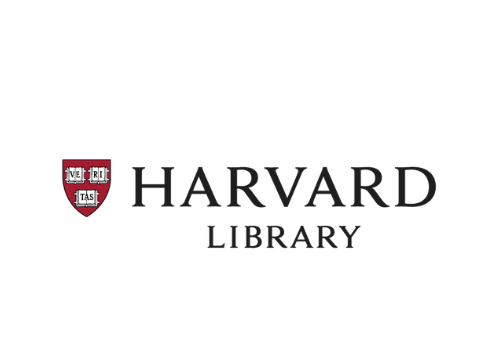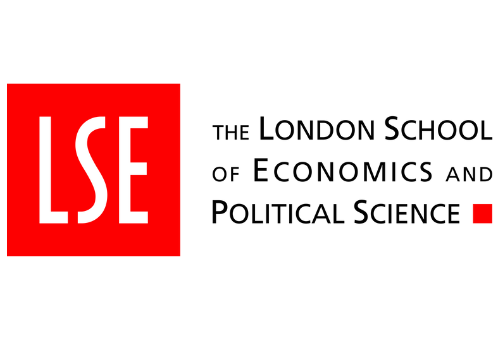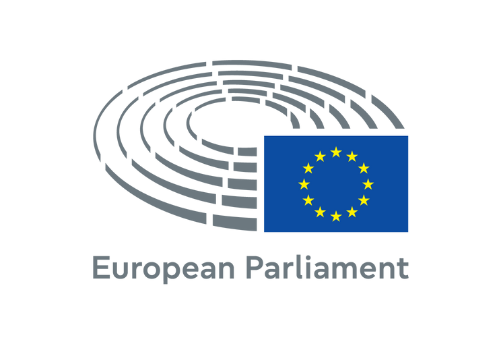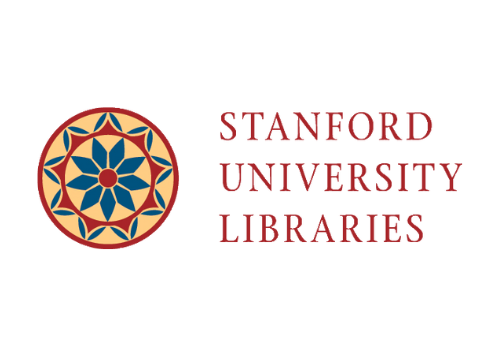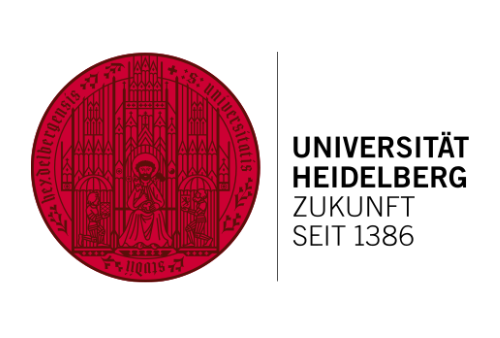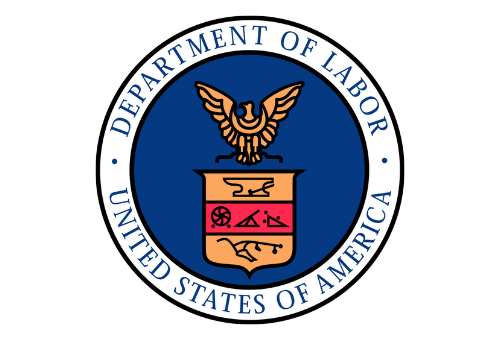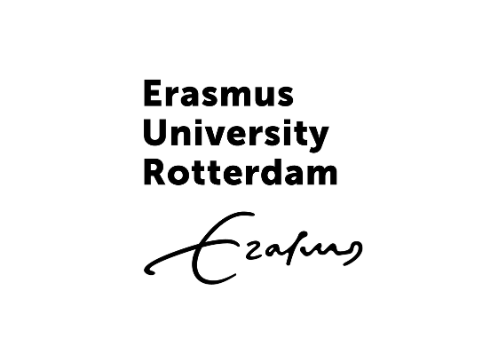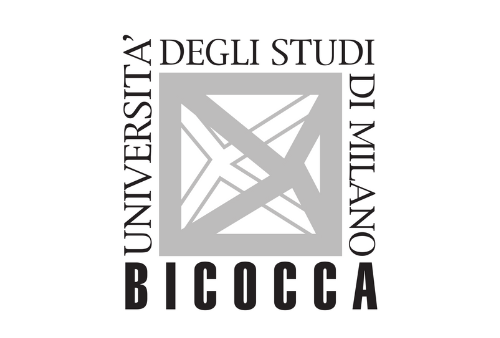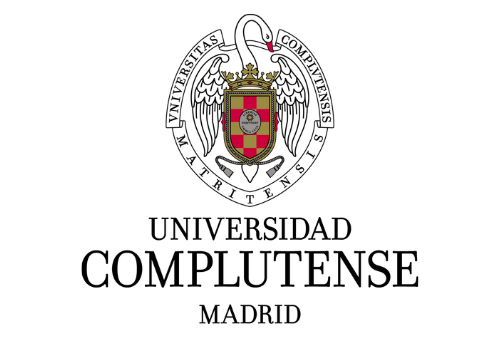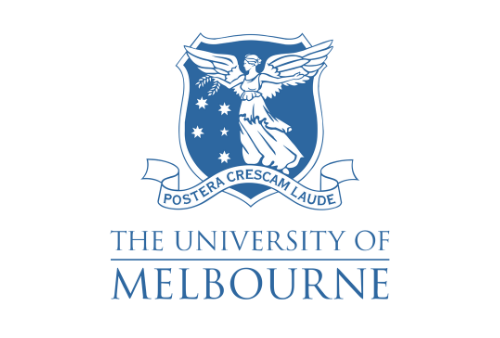PREDICTIVE POLICING AND CONSTITUTIONAL MORALITY: AN EVALUATION OF AI-BASED CRIME FORECASTING TECHNOLOGIES IN INDIA
KAVIDHARANI R, Presidency University, Bangalore
The integration of Artificial Intelligence (AI) in law enforcement has led to the rise of predictive policing, an emerging technique that uses data analytics and machine learning to forecast potential criminal activity. While such innovations promise to enhance efficiency and prevent crime, they raise critical concerns in a constitutional democracy like India, where the values of liberty, equality, due process, and human dignity form the bedrock of governance. This paper critically evaluates the deployment of AI-driven predictive policing technologies in India through the lens of constitutional morality; a normative framework rooted in the transformative vision of the Indian Constitution. Focusing on initiatives such as CMAPS (Crime Mapping, Analytics and Predictive System), facial recognition, and algorithmic surveillance, the paper explores the socio-legal implications of data-powered policing. It examines how algorithmic bias, lack of transparency, and mass surveillance mechanisms pose risks to privacy, reinforce structural inequalities, and challenge the principles affirmed in landmark judgments such as Justice K.S. Putt swamy v. Union of India. Through doctrinal analysis and comparative insights from global practices, the study highlights the tension between technological advancement and constitutional safeguards. The paper argues that in its current unregulated form, predictive policing risks deepening systemic discrimination and undermining democratic freedoms. It underscores the urgent need for a rights-based AI policy framework, judicial oversight, and algorithmic accountability. By contextualizing predictive policing within the constitutional morality framework, this study seeks to initiate a discourse that prioritizes human dignity and constitutional values over mere technological expediency.
| 📄 Type | 🔍 Information |
|---|---|
| Research Paper | LawFoyer International Journal of Doctrinal Legal Research (LIJDLR), Volume 3, Issue 2, Page 903 –913 . |
| 🔗 Creative Commons | © Copyright |
| This work is licensed under a Creative Commons Attribution-NonCommercial 4.0 International License . | © Authors, 2025. All rights reserved. |


